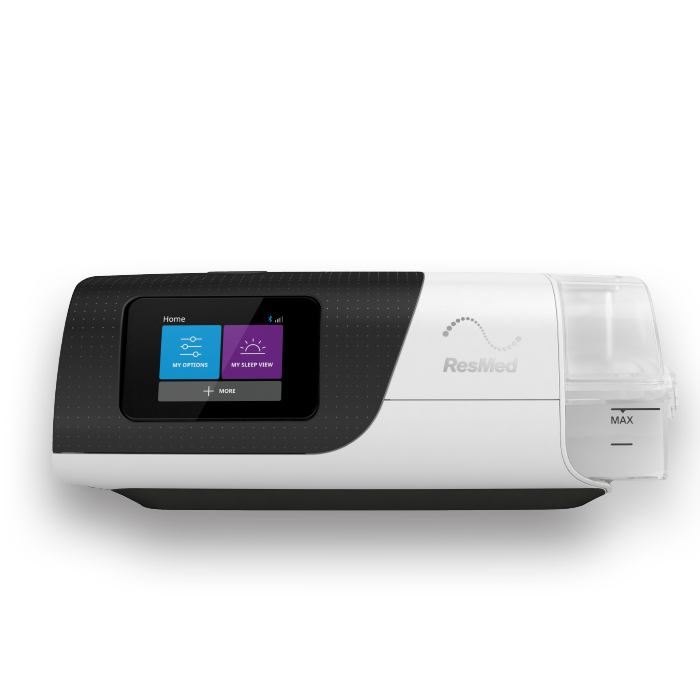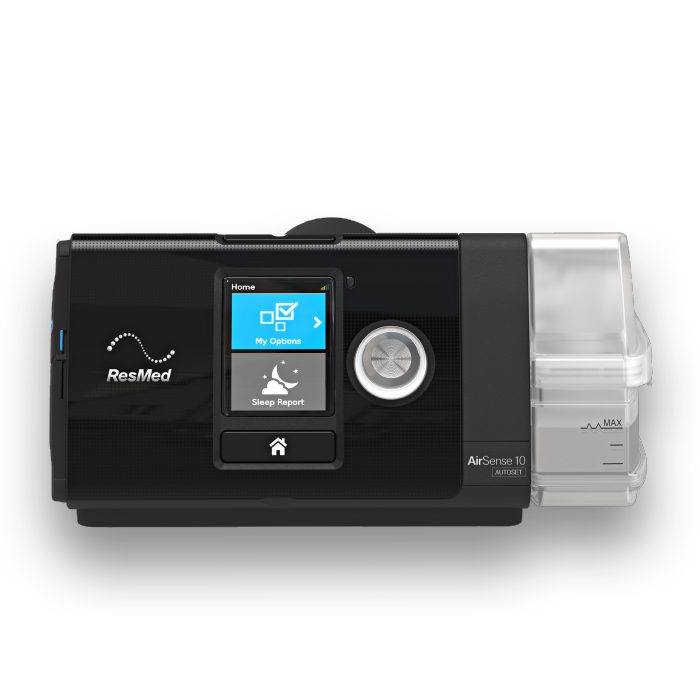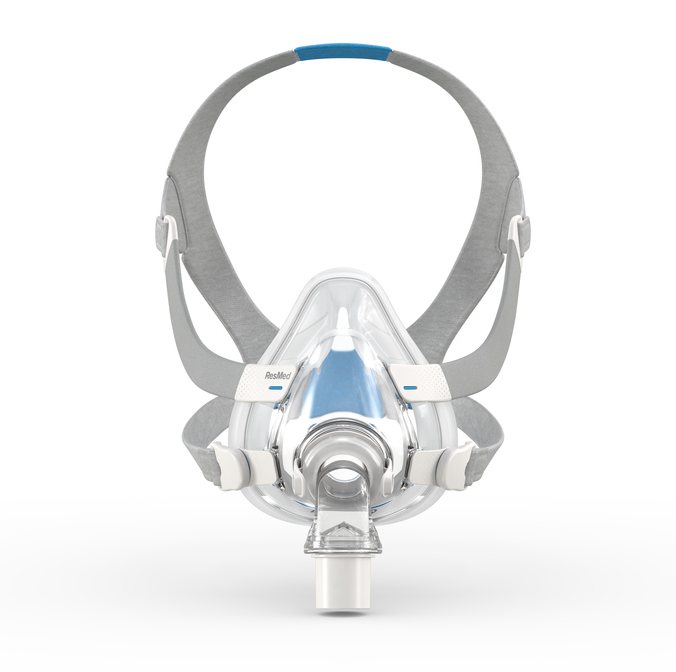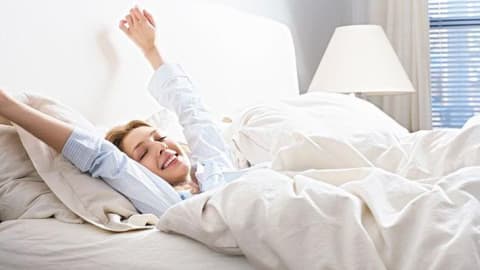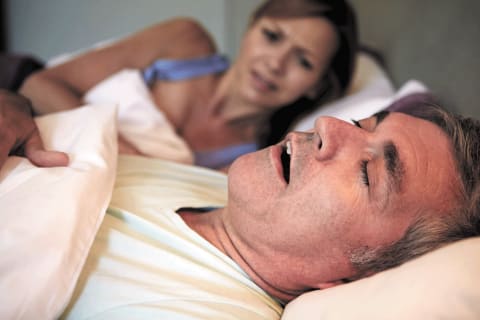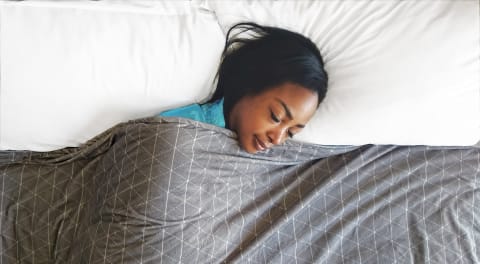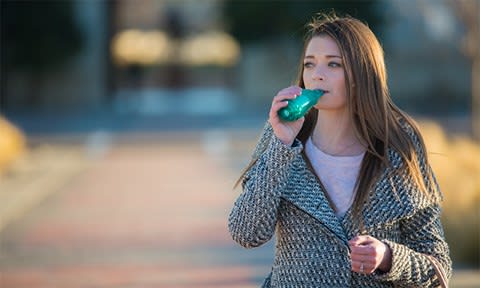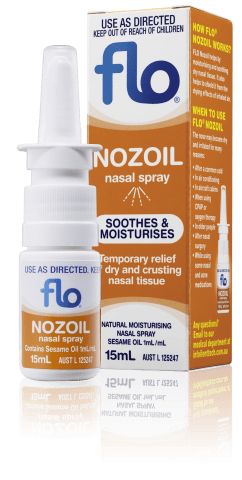The Silent Struggle: Why Women's Sleep Apnea Often Goes Undiagnosed

Obstructive sleep apnea is a common sleep disorder characterised by snoring, choking and feeling excessively tired when awake. It is estimated that one billion people worldwide suffer from sleep apnea.1 Here in Australia, it is estimated that 20% of the general population suffers from moderate to severe sleep apnea.2
Despite its prevalence, over 80% of sleep apnea cases go undiagnosed and untreated.3 For women, sleep apnea often goes unnoticed and untreated, not because it's rare, but rather due to several key factors that lead to it being overlooked. Understanding these challenges is crucial for improving diagnosis, treatment, and overall sleep health.
Social Stigma and Underreporting
Social stigma makes women less likely to report snoring, which contributes significantly to the underdiagnosis of obstructive sleep apnea.4 Despite snoring as frequently and loudly as men, women often do not discuss their symptoms openly, leading to missed diagnoses.
Gender Differences in Presentation
Sleep apnea presents differently in women compared to men. Women are more likely to experience sleep apnea during REM sleep, which can lead to more severe breathing pauses.5,6 Additionally, women often exhibit less typical symptoms such as insomnia, nightmares, and anxiety, rather than the classic symptom of observed pauses in breathing as seen in men.7 These atypical symptoms can complicate diagnosis.
Hormonal Factors
Hormonal changes, especially during menopause, can worsen sleep apnea symptoms in women.8 Symptoms like difficulty sleeping, fatigue, morning headaches, and insomnia are often blamed on menopause, making it harder to recognise sleep apnea. Because these symptoms are commonly attributed to other conditions, sleep apnea in women is frequently overlooked.
Daily Life
Many women juggle careers, childcare, and household responsibilities, often taking on more unpaid labour than men, leading them to dismiss their persistent fatigue as a normal consequence of stress, aging, or their busy lives. This societal expectation to "do it all" masks underlying health issues like sleep apnea. As a result, many women struggle with undiagnosed sleep apnea, increasing their risk of serious health conditions when the condition is both easily diagnosed and treatable.
Health Implications
Untreated sleep apnea can lead to serious health issues, including cardiovascular disease, hypertension, stroke and cognitive disorders.9 The underdiagnosis and undertreatment of sleep apnea in women pose significant health risks, emphasising the need for increased awareness.
Analysing data from over 1 million sleep apnea patients worldwide, in the largest ever meta-analysis on the long-term benefits of CPAP treatment, published in The Lancet Respiratory Medicine, it was found that in people with sleep apnea, CPAP therapy lowered the overall chance of dying by any cause by 37% and the chance of heart-related death by 55%.
If you suspect you or someone you know may have sleep apnea, or if you're experiencing symptoms such as insomnia, morning headaches, or persistent fatigue, speak to your doctor.
How Sove CPAP Clinic Can Help
For those struggling with sleep issues, Sove CPAP Clinic is available to provide expert care and a range of treatment options.
Founded in 2008, Sove CPAP Clinic has grown to become a leading provider of respiratory and sleep services and products in Australia, with over 60 clinics nationwide. Our clinical team includes Respiratory and Sleep Specialists, Sleep Technologists, and CPAP Consultants, ensuring that you receive comprehensive and personalised care. All medical procedures, including sleep studies and lung function testing, are bulk billed to all Australians, with minimal wait time.
To speak to a Respiratory & Sleep Physician, book a bulk-billed sleep study, or seek treatment advice for your sleep apnea, you can reach us at 1300 76 29 39 or info@thecpapclinic.com.au.
ALWAYS FOLLOW THE DIRECTIONS FOR USE. CPAP is used for Obstructive Sleep Apnea treatment. When considering whether a sleep study or CPAP is right for you, speak to your doctor. Medicare criteria and T&Cs apply.
Citations
Benjafield, Adam V, et al. “Estimation of the Global Prevalence and Burden of Obstructive Sleep Apnoea: A Literature-Based Analysis.” The Lancet Respiratory Medicine, vol. 7, no. 8, Aug. 2019, pp. 687–698, www.thelancet.com, https://doi.org/10.1016/s2213-2600(19)30198-5.
Soenen, Stijn, et al. “Sleep Health Primary Care Clinical Resource.” Australian Journal of General Practice, vol. 53, no. 6, 1 June 2024, pp. 349–355, https://doi.org/10.31128/ajgp-03-23-6779.
Laher, I., Faria, A., Allen, H.A., Fox, N. and Ayas, N. (2021b). The Public Health Burden of Obstructive Sleep Apnea REVIEWS. Sleep Sc i, [online] 14(3), pp.257–265. https://doi.org/10.5935/1984-0063.20200111.
Westreich, Roi, et al. “The Presence of Snoring as Well as Its Intensity Is Underreported by Women.” Journal of Clinical Sleep Medicine, vol. 15, no. 03, 15 Mar. 2019, pp. 471–476, www.ncbi.nlm.nih.gov, https://doi.org/10.5664/jcsm.7678.
Schwarz, Esther I., and Sophia Schiza. “Sex Differences in Sleep and Sleep-Disordered Breathing.” Current Opinion in Pulmonary Medicine, 27 Aug. 2024, https://doi.org/10.1097/mcp.0000000000001116. Accessed 16 Nov. 2024.
“Apnea-Hypopnea Index (AHI).” SleepApnea.org, 1 Mar. 2023, www.sleepapnea.org.
Wimms, Alison, et al. “Obstructive Sleep Apnea in Women: Specific Issues and Interventions.” BioMed Research International, vol. 2016, 2016, pp. 1–9, www.ncbi.nlm.nih.gov, https://doi.org/10.1155/2016/1764837.
“Untangling the Mysteries of Sleep in Menopause.” Woolcock.org.au, 2023, www.woolcock.org.au. Accessed 25 Mar. 2025.
Kohli, Puja, et al. “Obstructive Sleep Apnea and the Risk for Cardiovascular Disease.” Current Atherosclerosis Reports, vol. 13, no. 2, 1 Apr. 2011, pp. 138–146, www.ncbi.nlm.nih.gov, https://doi.org/10.1007/s11883-011-0161-8.

